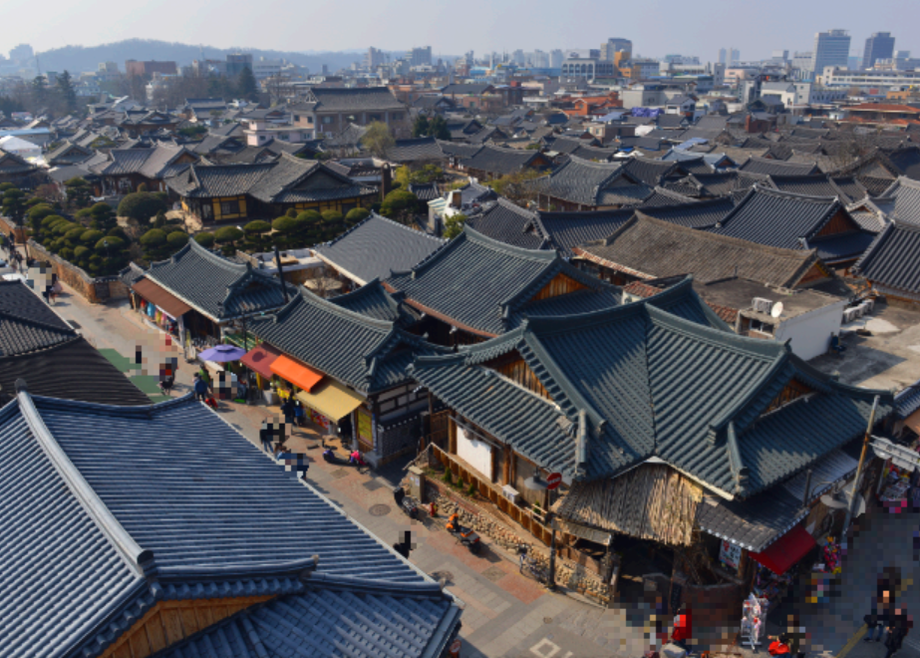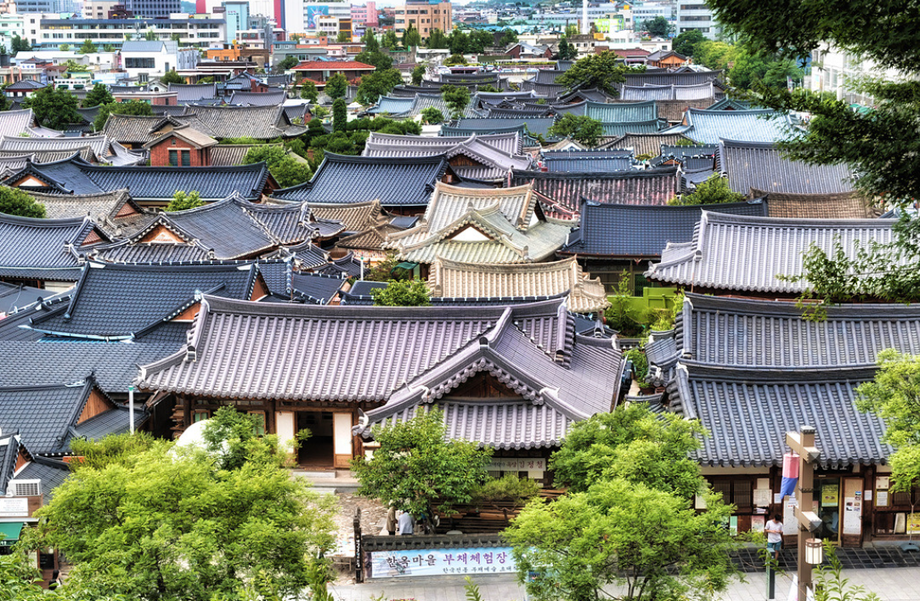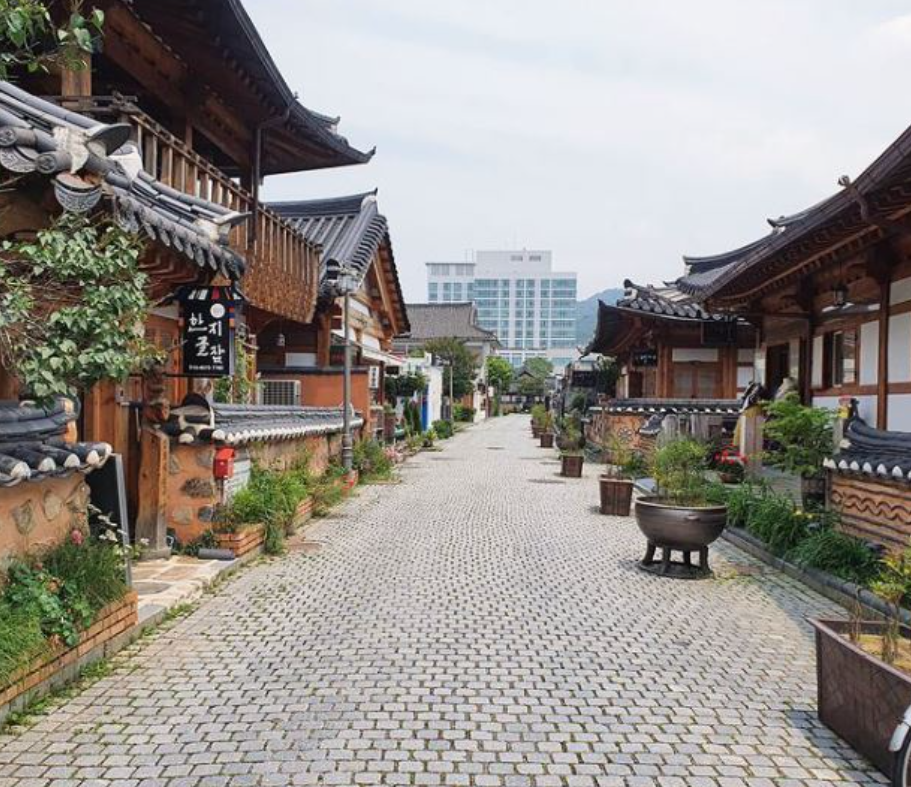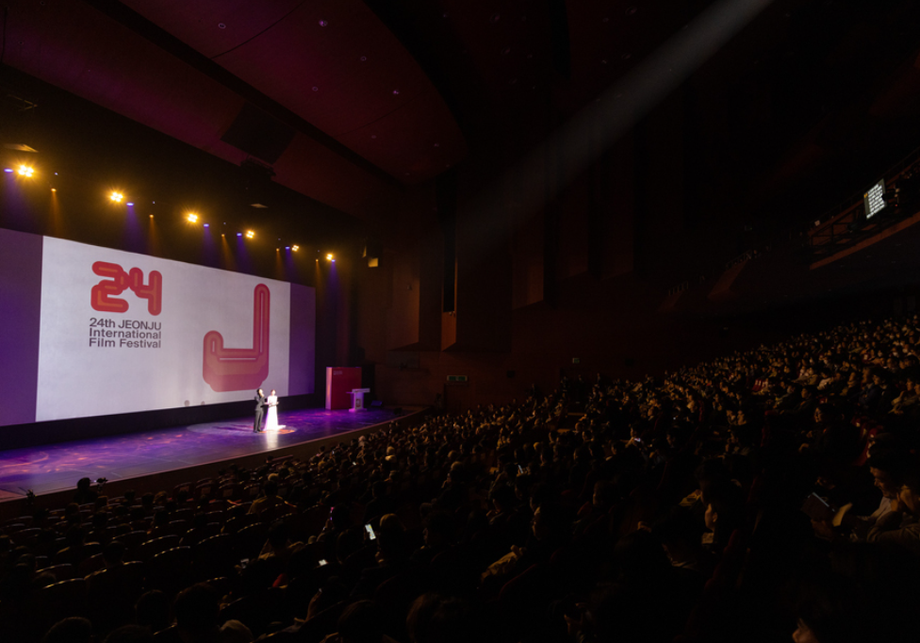This is an AI translated post.
Jeonju Hanok Village, where the beauty of traditional Korean houses breathes
- Writing language: Korean
- •
-
Base country: All countries
- •
- Others
Select Language
Summarized by durumis AI
- Jeonju Hanok Village is the largest Hanok village in Korea, where the Joseon Dynasty's architectural style is preserved, and you can feel the old charm and atmosphere.
- While preserving the traditional Hanok structure and beauty, it has been reborn as a modern convenience facility and cultural space, presenting a harmonious ensemble of the old and the new.
- Hanok Village is home to a variety of unique shops, including traditional tea houses, handmade workshops, and Hanbok shops, where you can taste local specialties such as Jeonju Bibimbap and Korean set meals.
Hello everyone! Today,we invite you to Jeonju Hanok Village, a beautiful place where the traditional beauty of Korea lives and breathes.Jeonju Hanok Village is the largest hanok village in Korea, where the architectural style of the Joseon Dynasty is perfectly preserved. It's a place where you can enjoy the old charm and atmosphere.

As you enter Jeonju Hanok Village, the first thing that catches your eye isthe densely packed hanok rooftops.The tiled roofs, curved gracefully, look like waves swaying in the wind. Each roof has slightly different colors and patterns of tiles, adding to the charm of Hanok Village.
Walking along the narrow alleys, you'll be greeted by low stone walls and modest gates. The beautiful curves of the latticework engraved on each gate will leave you in awe. Beyond the gates, small front yards are decorated with charming flower beds, and wind chimes hang under the eaves, swaying gently.
With over 800 hanok houses, this place is perfect for a journey back in time. The hanok houses, retaining their traditional structure and beauty, have been transformed into modern facilities and cultural spaces, showcasing a harmonious ensemble of old and new.

Within the Hanok Village, there are historically significant landmarks, including Omokdae, Gyeonggijeon, and Jeondong Catholic Church.Of these, Gyeonggijeon, where the portrait of King Taejo Lee Seong-gye of the Joseon Dynasty is enshrined, is the most prominent. In Jeonju, the birthplace of the Joseon Dynasty, Gyeonggijeon is a symbolic place. You'll feel the majesty of the Joseon Dynasty in the magnificent painted decorations and grandeur of Gyeonggijeon.
Hanok Village offers many opportunities to experience traditional culture firsthand. Why not participate in various programs, such as Hanbok (traditional Korean dress) experience, rice cake pounding, and traditional food making, to experience the wisdom and beauty of our ancestors? If you're with children, don't miss out on traditional game experiences. Create fun memories with traditional folk games like t'uho (arrow throwing) and jegichagi (kick shuttlecock).

Another attraction of Hanok Village is the unique shops located in every alley.Traditional teahouses, craft workshops, Hanbok shops, and other distinctive stores offer a delightful experience. Among them, must-visit places include 'Gongsimjae', famous for Jeonju bibimbap, and 'Hanbyeokru', a renowned Jeonju traditional Korean cuisine restaurant. Enjoy the unique experience of tasting food prepared with care in an old hanok house.
In Jeonju, it's recommended to stroll through Hanok Village wearing Hanbok. Feel the wind as it dances through your flowing skirt and the tips of your traditional shoes. As you walk past low eaves and down narrow alleys, you might find yourself feeling like a scholar from a hundred years ago.
As dusk approaches, warm light softly spills from the translucent paper windows of the hanok houses.Walking through the dimly lit streets, you can savor the quiet charm of Hanok Village at night. The silhouette of the tiled roofs illuminated by moonlight is a sight you won't soon forget.
When morning dawns in Hanok Village, you'll hear friendly greetings exchanged throughout the village. "Good morning!" "Did you sleep well?" The warmheartedness of the people is evident in their exchange of pleasantries. Charming sights like red peppers and garlic drying in front of houses add to the joy of a morning stroll.

Jeonju Hanok Village has plenty of greenery in the heart of the city, serving as a great retreat. Places like the mural village behind Omokdae, the area around Ajung Reservoir, offer a relaxing space for peace of mind. When you feel weary from your busy routine, why not visit Hanok Village, a place that feels like a journey back in time, and enjoy a peaceful break?
Jeonju Hanok Village is also a venue for diverse festivals. The most famous festival is the Jeonju Bibimbap Festival held in October. This festival brings together bibimbap from all over the country, culminating in a spectacular display of a giant bibimbap bowl. In addition,Jeonju International Film Festival, Jeonju Hanji Culture Festival, and Jeonju Sansa Music Concert, are held throughout the year, filled with exciting events. Visiting Hanok Village during a festival season offers another level of enjoyment.

Everyone, how about taking a trip back in time to Jeonju Hanok Village, where past and present coexist? Feel the beautiful harmony of tradition and modernity, and experience the true beauty of our heritage. Let the wind that whispers through the narrow alleys pause your steps and draw your attention to your surroundings. There, you'll find the wisdom and beauty of our ancestors.
In the earthy scent of the stone walls and the gentle eaves, learn about the elegance and leisure of life. Jeonju Hanok Village will gift you with valuable time. Walk at your own pace, find peace of mind, and appreciate the value and beauty of old things. I hope this will be a meaningful journey for you.
We'll be waiting for you in Jeonju Hanok Village. We'll welcome you with warm greetings and a smile. The quaint alleyways where our traditions live and breathe, the soft sound of translucent paper windows swaying in the breeze, the black tiled roofs – let the beautiful scenery of Jeonju Hanok Village linger in your heart for a long time.
Embark on a journey to Jeonju, a place steeped in traditional charm, today! Unforgettable memories await you in Hanok Village!








